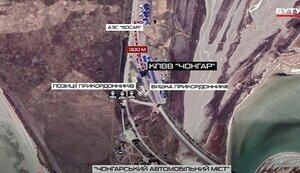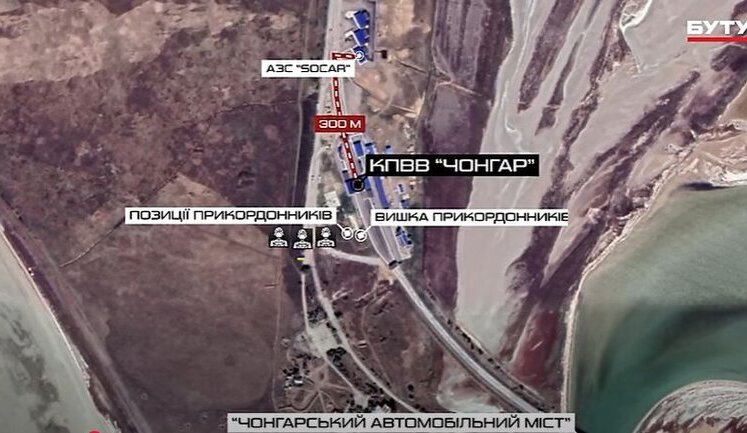Ukraine's mine crisis continues to escalate as Russian forces change tactics. Recently, the US confirmed the provision of anti-personnel mines to Ukraine to bolster defenses. The former commander, Lieutenant General Serhii Naiev, emphasized the strategic importance of mines, particularly in regions like Chonhar. Over 144,000 square kilometers of Ukraine are marked as potentially mined, significantly impacting civilian safety. In the Kharkiv and Zaporizhzhia regions, mine density is alarmingly high, leading to numerous casualties. The collaboration between defense forces and international allies like Japan, has been crucial in demining efforts.
What prompted the provision of US mines to Ukraine?
The US administration decided to provide anti-personnel mines to Ukraine in response to changing Russian tactics on the battlefield. The mines aim to strengthen Ukrainian defenses by slowing Russian advancements and protecting strategic locations, particularly in the East.
How extensive is the mine contamination in Ukraine?
Mine contamination in Ukraine is extensive, with over 144,000 square kilometers marked as potentially mined. This is a significant area that poses risks not only to military operations but also to civilian safety and agricultural activities across the country.
What measures are being taken to address mine threats in Ukraine?
Measures to address mine threats in Ukraine include the provision of mines for defensive use, international assistance for demining operations, and increased security protocols to manage the existing threats. Ukraine is also collaborating with allies to navigate these challenges effectively.
How do mines affect daily life in affected regions of Ukraine?
Mines significantly affect daily life in Ukraine by threatening civilian safety, disrupting agricultural activities, and limiting access to essential services. They pose a constant risk of injury and impede the mobility of residents, impacting overall socio-economic stability in mined areas.
What international support is Ukraine receiving for mine clearance?
Ukraine is receiving international support from countries like the US and Japan in the form of equipment and expertise for mine clearance. This collaboration aims at reducing the extensive mine threats that affect both military operations and civilian lives across the country.
Are there specific areas in Ukraine more affected by mines?
Yes, certain regions like Zaporizhzhia and Kharkiv have significantly higher levels of mine contamination due to strategic military activities. These areas face intense mining, contributing to increased risks for communities and hindering economic activities such as agriculture.
What are the long-term impacts of mine contamination in Ukraine?
Long-term impacts of mine contamination in Ukraine include persistent threats to civilian safety, hampered agricultural productivity, and the slow rebuilding of infrastructure. Clearing these areas is crucial for restoring normalcy and supporting economic recovery.





























































